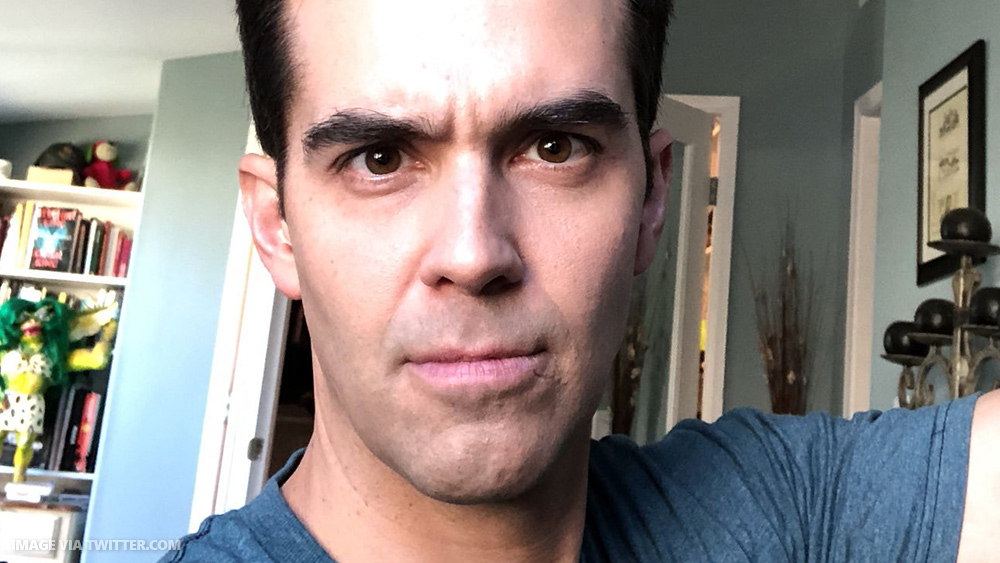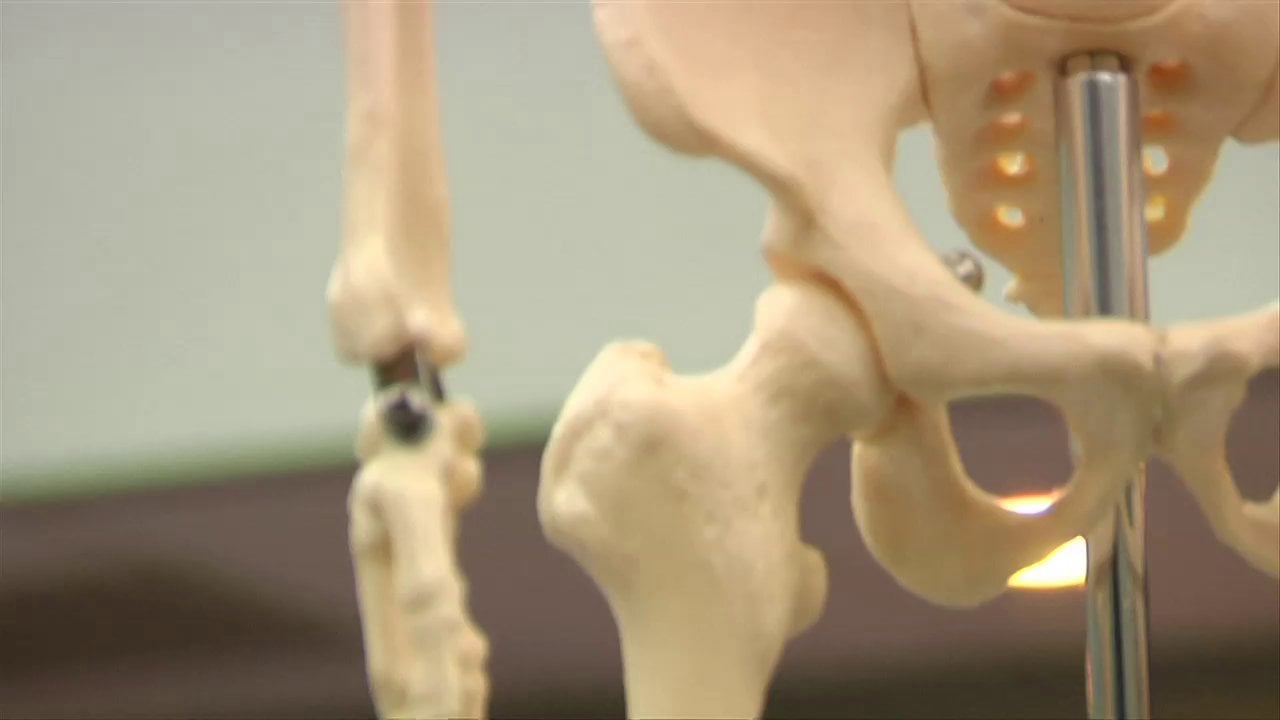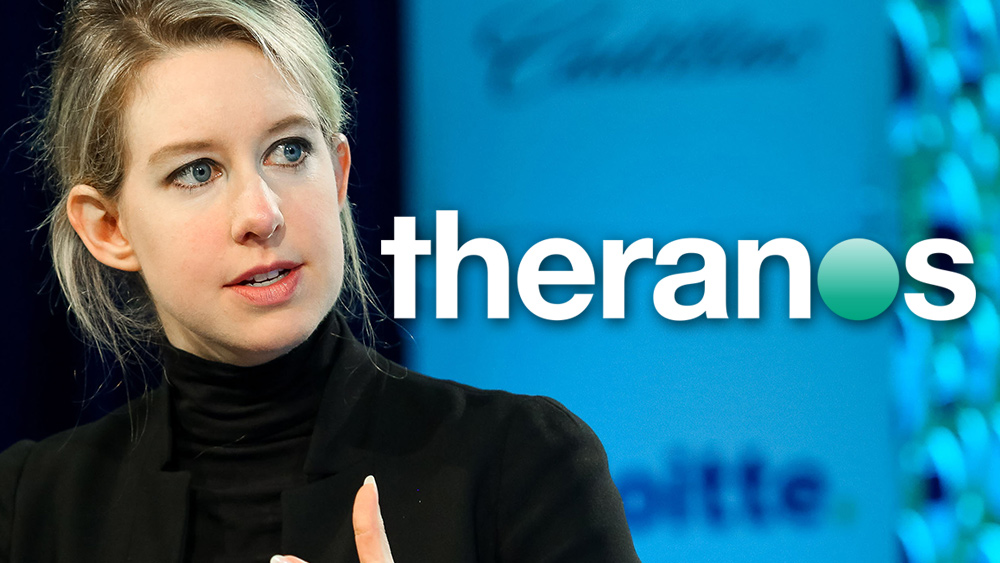SCIENCE IS BROKEN: Shocking study reveals doctors reach “consensus” on anti-seizure medications despite a complete lack of evidence to support their decisions
07/31/2017 / By Ethan Huff

When parents take their children to the family doctor, they expect to receive treatments that align with the latest in sound science. But a new study has revealed that most doctors in North America rely on consensus rather than proof, at least when it comes to prescribing anti-seizure medications.
Published in the June 27 issue of Pediatric Neurology, the paper highlights how, despite the fact that there are dozens of anti-seizure medications from which to choose, most physicians choose from just a few of them. They do this not because these specific drugs necessarily work better, but because that’s what all the other doctors are prescribing.
Dr. William G. Gaillard, M.D., the division chief of Child Neurology and Epilepsy, Neurophysiology, and Critical Care Neurology at Children’s National Health System, says that part of the problem involves U.S. Food and Drug Administration (FDA) drug approvals for adults that don’t provide any information about how these drugs affect children.
But that’s just it: it’s precisely because so little research has been done with regards to anti-seizure medications in children that one would expect doctors to experiment from among the more than 20 different options they have at their disposal. Instead, they stick to just a few, even when these don’t actually work (and in some cases are extremely dangerous).
“With so many medications and so little data, one might think doctors would choose a wider variety of medicines when they prescribe to children with epilepsy,” Dr. Gaillard says.
Data suggests pill-pushing doctors don’t even think about what they’re prescribing to patients
Dr. Gaillard’s research is part of a much larger effort to collect data on young children with epilepsy in order to contribute to the body of knowledge about the effectiveness of anti-seizure drugs. His focus is on children younger than three years of age, which is right around the time that epilepsy becomes most evident.
For his paper, he looked at 495 children younger than 36 months who had recently been diagnosed with non-syndromic epilepsy, a condition not linked to any of the most commonly recognized genetic epilepsy syndromes. He and his team, which was comprised of researchers from 17 different U.S.-based epilepsy centers, looked at what types of drugs these children were prescribed.
After evaluating the various markers and identifying where these children’s epilepsy first appeared – nearly half had epilepsy that emerged from a particular spot in the brain, it was discovered – the team learned that most of the children were prescribed just a single go-to medication, rather than a customized cocktail of multiple medications.
Of those who received just a single medication, almost all of them were treated with one of five popular names: levetiracetam (Keppra), oxcarbazepine, phenobarbital, topiramate, and zonisamide. And of those prescribed just one of these five, the vast majority – 63 percent – were given levetiracetam as a first option. In a distant second and third place are oxcarbazepine and phenobarbital, prescribed as a first option 14 and 13 percent of the time, respectively.
Interestingly, levetiracetam isn’t the first choice in other countries. It’s purely a North American phenomenon that the drug seems to be preferred by U.S. doctors – and this simply because all of the other doctors are doing it. In other words, many doctors prescribe the drug not necessarily because it works or is the best choice for patients, but rather because it’s popular. (Related: There are many other drugs doctors prescribe that aren’t appropriate for patients. To keep up with the latest news on this, visit BigPharma.Fetch.news.)
“This study identifies current practices, but whether those practices are correct is a separate question,” explains Dr. Gaillard. “Just because a medication is used commonly doesn’t mean it is the best medication we should be using.”
Sources for this article include:
Tagged Under: Big Pharma, conformity, consensus, doctors, drugs, Epilepsy, obedience, pharmaceuticals, science




















